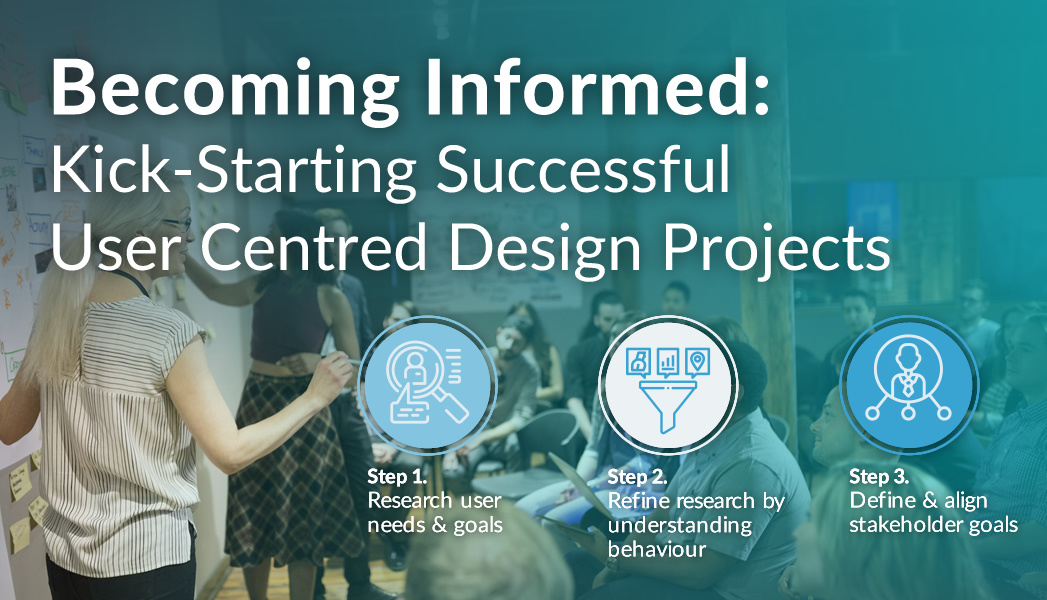
2021 has not got off to the start everyone hoped for - many things are still in a state of flux.
Given that, we’ve ruminated on what might change about experiences people have in 2021 even with hope on the horizon.
The end of cinema: VR a new hope?
People in many countries are still unable to gather en masse. For that reason, it’s no surprise cinemas and the production studios that feed them are struggling.
With straight to stream being the new norm (despite home setups being costly and not offering a comparable cinematic experience) VR could be the industries saving grace.
How? Well, VR can elevate the experience of new releases by offering immersive cinematic experiences which users control the perspective of.
This dovetails with the recent release of cost-effective gadgets like the Oculus Quest 2 when compared to the expense of kitting out a great at home cinema experience. It also opens VR beyond novel applications that are currently commonplace, such as gaming, moving us towards greater adoption.
Unbundled everything?
With more people online and fewer people physically in the world, there’s money to be made in breaking down complex offerings into smaller chunks. This is most obvious in media where we see news split out into multiple publications under one bigger brand. A phenomenon that would’ve previously overwhelmed shop shelves, due to the lack of space, is now commonplace online and with a recurring subscription fee to boot.
Unbundling also gives customers more bespoke and targeted viewing, reading or purchasing experiences which, if they can navigate and distinguish between the smaller chunks, is better for them and for businesses.
The age of curation
With existing offerings split and new content, products, and platforms continuously emerging into the market choosing what you actually need is getting harder. Decision paralysis is the watchword of the moment with people looking to other people and platforms who they trust - due to their knowledge and shared interests - to curate content, products, platforms, and applications for them.
Apps (Facebook, Instagram WhatsApp) and engines (Amazon, Google) struggle to offer accurate curated experiences and increasingly have more of a bazaar feel. These players could refocus their efforts to give more specific, tailored, actionable and enjoyable responses to user needs.
Serendipity in high demand
With people around the globe currently living monotonous task-orientated lives with not a lot of space around them, people are looking for experiences that break the mould. Designing for, or with, serendipity in mind is one way to combat this by offering something people genuinely need – delight.
It’s no coincidence that services such as Oddbox do so well – yes, they’re a more sustainable grocery option, but they also provide their customers with excitement and anticipation as well as encouraging people to try new things at a time when that’s currently in short supply.
By designing serendipity into experiences either as a discovery method, or a genuinely value-adding feature, may mean your customers build more emotional loyalty with your brand.
Decentralised education
With young children and adults around the world having missed out on upwards of 12 months of formal education, or having endured digital counterparts that are not equivalent, educational bodies, parents, and young people themselves will be considering what worked, what didn't and what they've missed based on this experience. This raises difficult questions about formal education and whether longer studying hours and shorter holidays are the right response.
The BBC’s 3-hour daily learning sessions was one of many attempts to create a partially decentralised model of education. This adds to content creators on platforms like YouTube creating broader educational content. This takes how people learn away from schools giving them more control over what they learn. Decentralised learning of this kind is also likely to be more appealing to many than summertime catch-ups.
Moreover, what we could see with people out of work and many needing or wanting learning opportunities, is a boom in tutoring as a means to offset formal education and the lack of permanent jobs in traditional industries. This might mean a less conventional approach to education, with a greater range of modern subjects and technologies taught that set people up for a post-pandemic future of a different kind.
Creating and centralising open financial ecosystems
With crypto currently booming, Open Banking underutilised, and people facing hard economic times in the post-pandemic future, people require better financial management and literacy to navigate and control their financial lives. In light of this, could centralised financial ecosystems using blockchain that create the road and rails of an open financial ecosystem come to the fore?
The people who control this ecosystem may not be commercial banks but central players like aggregators from adjacent industries. Alternatively, it could be governments or central financial institutions like the Bank of England.
Banks creating an ecosystem of this sort themselves opens them up to becoming the broker of more competitive financial products and platforms that they or their partners have not engineered. This destroys their current business models and how they make money. However, it may be in the interest of banks to usurp the broker competition before it gets going, by creating an Open Banking structure that would allow them to maintain dominance as service providers on top of that infrastructure.
A rush back to physicality
Despite all we’ve learnt and achieved remotely, and the increase in digital adoption and digital penetration, having lived under such severe and freedom limiting restrictions many will be eager to rush back to travel, shops, restaurants, offices and bars.
This is aided by ‘flexible working’ and ‘work from anywhere’ being adopted as part of many companies HR policies in the wake of the pandemic. Places and environments where people can have experiences together which aren’t easily replicated online will be the standout winners.
This means more curated travel, more immersive dining and different office environments and setups. To make in-person appealing businesses need to ask - what elements of experiences are poorly, or are unable to be, replicated remotely? On the flip side, the challenge to the creators of online experiences going forwards involves exploring whether it’s possible to create experiences that are better than their physical counterpart.
Summing up
This article has offered some nods towards potential trends that we could see arise in 2021 and beyond. The essence of now is in the spirit of possibility, you have the power to imagine and create innovative solutions that solve real problems for people.








